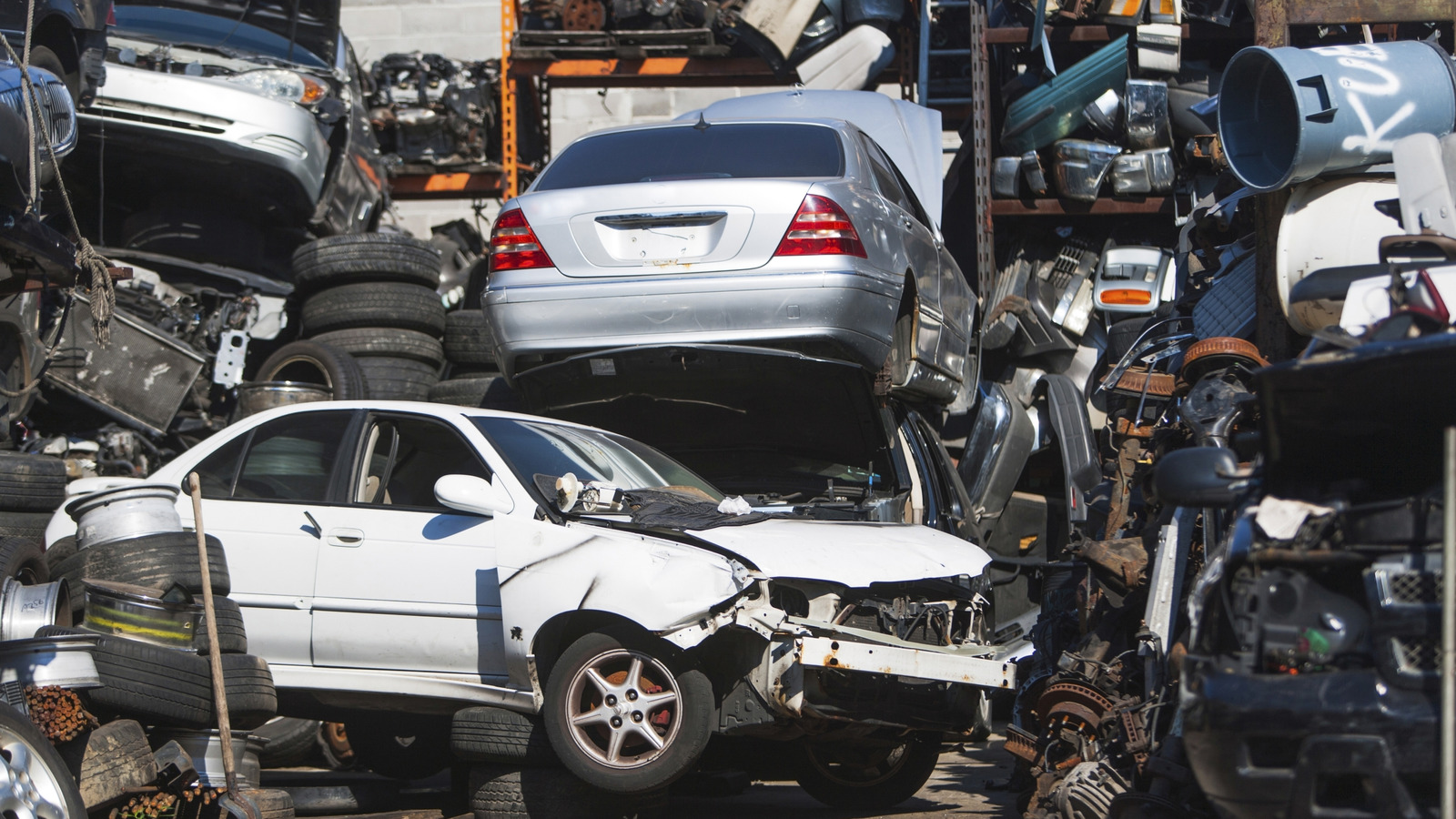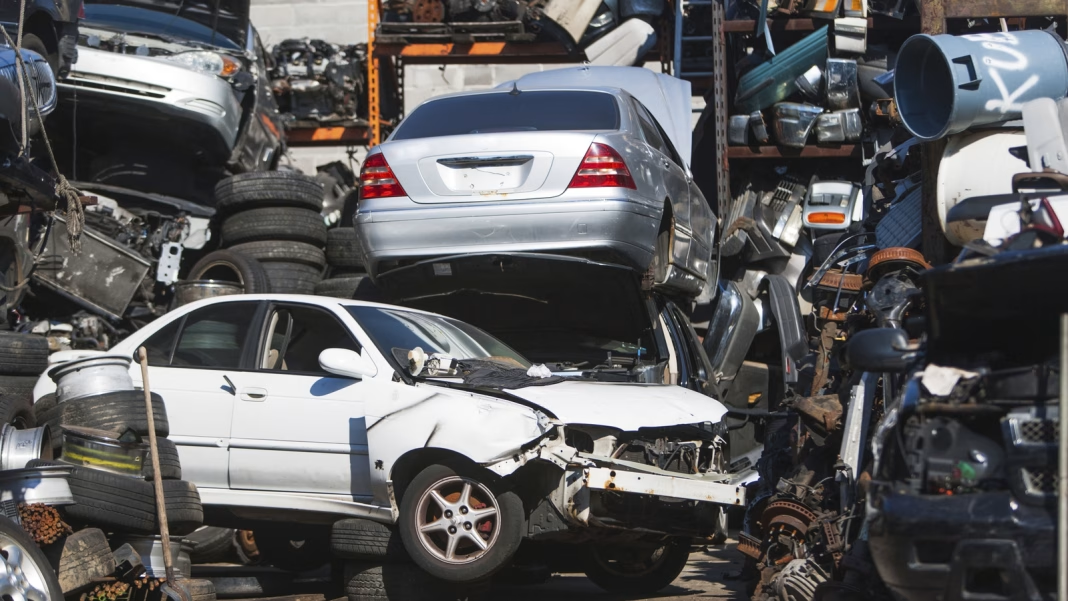Over the past few years, a striking trend has emerged in the automotive world: for every new passenger car that hits the road, two older ones are being scrapped. This shift raises important questions about the future of personal transportation, the environment, and the automotive industry itself.
What’s Driving the Decline of Passenger Cars?
The surge in scrapping older vehicles can be attributed to several factors. First and foremost, the rise of SUVs and pickups has overshadowed the traditional passenger car. These larger vehicles have become increasingly popular, often marketed as more versatile and family-friendly options. As a result, many consumers are opting for these models, leaving the humble sedan and hatchback behind.
Additionally, economic factors play a significant role. With rising maintenance costs for older vehicles, many owners find it more practical to trade in their aging cars for newer models. The allure of advanced safety features, better fuel efficiency, and the latest technology in new cars makes the decision to scrap an older vehicle more appealing.
The Environmental Impact of Scrapping Cars
While the scrapping of older cars might seem like a straightforward solution to modernize the fleet, it raises environmental concerns. Older cars, especially those manufactured before stricter emissions regulations were put in place, can be less efficient and more polluting. However, scrapping them doesn’t automatically mean a net positive for the environment. The process of manufacturing new vehicles is resource-intensive and contributes to carbon emissions.
Interestingly, a study by the International Council on Clean Transportation found that while new cars are generally cleaner, the environmental benefits can be offset by the emissions produced during their manufacturing. This creates a complex scenario where the decision to scrap older vehicles needs to be weighed against the environmental cost of producing new ones.
Is This Trend Sustainable?
As we look ahead, the question arises: is this trend sustainable? The automotive industry is undergoing a significant transformation, with electric vehicles (EVs) gaining traction. As more consumers shift towards EVs, the dynamics of car ownership may change even further. The scrapping of older gasoline-powered cars could accelerate as people seek greener alternatives.
However, the transition to EVs also presents challenges. Infrastructure for charging stations is still developing, and the production of EV batteries raises its own set of environmental concerns. Balancing the need for modernization with sustainability will be crucial as we move forward.
What Can Consumers Do?
For consumers, this trend presents an opportunity to reflect on their own vehicle choices. If you’re considering a new car, think about the long-term implications. Opting for a fuel-efficient model or an electric vehicle can not only save you money in the long run but also contribute to a more sustainable future.
Additionally, if you own an older vehicle, consider its condition and how much longer it can realistically serve you. If it’s nearing the end of its life, it might be time to explore your options for scrapping it responsibly. Many programs exist to ensure that older cars are disposed of in an environmentally friendly manner.
The big takeaway? The automotive landscape is shifting, and the scrapping of older passenger cars reflects broader changes in consumer preferences and environmental considerations. It’s not just about replacing old with new; it’s about making smarter choices for the future. Start with one change this week, whether it’s researching electric vehicles or considering how to responsibly dispose of an aging car, and you’ll likely spot the difference by month’s end.


